In a disaster scenario that leads to economic collapse, medicines will be one of the most in-demand barter items.
I highly recommend stockpiling medicines and medical supplies in your disaster supplies.
But, even if a disaster never comes, it is still good to know medicinal plants. You can save money on doctors’ visits and expensive prescriptions and become more self-sufficient.
Please note that I am not a doctor or naturopath. If you are sick, you should consult with a doctor!
With that disclaimer said, here are the top medicinal plants you should know about for survival.
How To Use Medicinal Plants and Herbs
To use medicinal plants and herbs for treating wounds naturally, you’ll have to use one of these methods:
Salves
Tinctures
Resins
Essential oils
Topical application (rub it on)
Ingestion (eat it!)
Making Salves
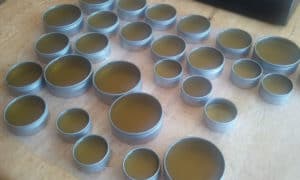
The most effective (and easiest) way of using medicinal plants is to make a salve.
This is a two-step process that first involves infusing the plants into an oil. The oil is then mixed with other ingredients to make a salve.
Salves are great for natural wound care because they cover the wound with a protective layer. The layer keeps the wound moist (and helps reduce scarring) and prevents bacteria from entering while healing it.
Ingredients:
- 1 1/4 cups coconut oil: Other unrefined oils, such as extra virgin olive oil, can be used. Coconut oil is a particularly good choice because it is proven to help heal wounds naturally. It is antibacterial, antiviral, and antimicrobial.
- 1/2 to 2/3 cup dried medicinal plants: You’ll need ¾ to 2 cups if using fresh plants. Fresh plants can only be used for certain extraction methods, though.
- 2-4 tablespoons of beeswax: This helps make a thick, spreadable salve. Beeswax is also anti-inflammatory, antiviral, and antibacterial.7 If you don’t have beeswax, use petroleum jelly or other natural waxes (such as soy wax).
- 1 tablespoon honey: Honey is well known for healing wounds naturally, particularly burns. It can release hydrogen peroxide, which kills bacteria.2
Instructions:
Step 1: Oil Infusing the Medicinal Plants
The properties of medicinal plants will dissolve in oil. Thus, the first step to making a natural salve is to infuse the plants in oil.
There are three different ways of infusing medicinal plants. The method largely depends on how much time you have.
- Cold Infusion Method: Cover dried plants with oil in a jar. Stir to make sure all of the plants are covered with oil. Cover and allow the plants to steep for at least 4 weeks. It is essential that you only use dried medicinal plants for cold infusions. Fresh plants will start to go rancid.
- Hot Oil Extraction Method: Put the dried plants and oil in a jar. Seal the jar and put it in a crockpot with a few inches of water on the lowest setting. Let the jar heat for 4-8 hours. Be sure to keep watch so the water doesn’t evaporate.
- Oven Extraction Method: Put your dried herbs in a non-aluminum oven-safe dish. Cover with coconut oil—Bake at a very low temperature (no more than 200 degrees F) for 3 hours. Remove from the oven and let it sit for another 3 hours.
- Fast Extraction Method: Put dried or fresh plants and oil in a jar. Seal the jar and put it in a double boiler. Keeping it over a low heat, let the jar heat for approximately 1 hour. Ensure the oil doesn’t get too hot, or it will destroy the plant’s medicinal properties.
Step 2: Strain Infusion
Strain the infusion through cheesecloth, capturing the oil in a clean jar. You can also use nylon stockings or lace curtains if you don’t have cheesecloth. Be sure to squeeze out as much plant extract as possible.
Step 3: Make the Salve
Melt your infused oil, beeswax, and honey on low heat (or use a double boiler). Stir the ingredients together. When you remove the salve from the heat, it will harden.
It might take a bit of trial and error to get the consistency of the salve right. Try adding just a bit of beeswax for starters. Then, remove a bit of the mixture and put it in the freezer for a minute. If it is too soft, then add more beeswax.
When you’ve got the consistency you like, pour the salve into a clean container and allow it to cool. 3
Salve Making – Shopping List
DIY Tinctures
You will need:
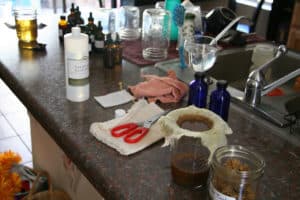
- Vodka
- Other alcohol of at least 80 proof
- 190-proof natural cane spirits
- Propylene glycol
- Vegetable glycerin
*Generally, the ratio of fresh herbs to solvent is 1:2. If using dried herbs, the ratio of herbs to solvent is 1:4.
Instructions:
Step 1: Put medicinal plants in a jar
If using fresh plants, it is best to chop them up in a blender first.
Step 2: Add solvent
Add the solvent of your choice to the jar. Seal the jar and give it a good shake.
Step 3: Let steep
Ideally, you should steep your tincture for at least 1 week in a cool, dark, dry place. Depending on the herbal plant being used, some recommend steeping for 6+ weeks. During the first week of steeping, shake the jar occasionally.
If pressed for time, you can steep the tincture for as little as 3 minutes. However, you won’t get a very potent tincture in this short time.
Step 4: Strain tincture
Strain the alcohol-herb mixture through cheesecloth. Catch the liquid in a clean jar. This is your tincture.
Tinctures should be stored in cool, dark places as heat and light can destroy the medicinal compounds in plants. 5
Tincture Making – Shopping List
You can watch a video of the process below:
Resins
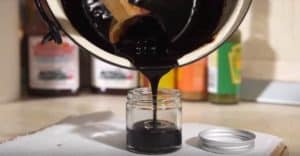
Resins don’t get nearly as much attention as oils and tinctures in natural medicine. However, they can also be very effective in wound care – especially for large wounds that need to be sealed.
Considering that resin is a tree’s natural way of protecting itself from infection, it is no surprise that tree resins contain numerous natural antibacterial and anti-fungal compounds.
Traditionally, the resin from pine, spruce, and other coniferous trees was mixed with butter or animal fat to make a salve.6
You can also make thick resins from plants too.
Instructions:
Step 1: Blend medicinal plants
You only want to blend the plants for a few seconds.
Step 2: Cook on low heat
Put the blended leaves into a big pot. Add just enough water to cover the plant. Heat at a very low temperature. Don’t let the mixture boil, or it will destroy the antibacterial properties of the plants.
Cook for approximately 30 minutes, making sure to stir frequently. The water will turn a dark brown or green color.
Step 3: Strain plants
Strain the cooked plant mixture through cheesecloth. Collect the liquid.
Step 4: Evaporate the plant liquid
Put the collected liquid in a clean pot. Once again, heat at a very low temperature. You’ll need to stir frequently to ensure the liquid doesn’t burn to the bottom of the pot. The water will evaporate and leave behind a sticky, thick resin.
Recommended reading: Natures Natural Pain Killer – Wild Lettuce
Homemade Essential Oils
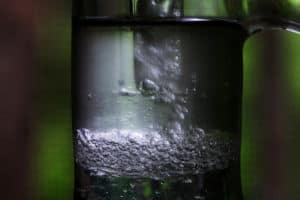
You can find a lot of instructions for DIY essential oils online. However, most of these instructions are for making infused oils (which we discussed in the section about making salves).
Infused oils are made by soaking medicinal plants in oil. By contrast, essential oils need to be steam-distilled. The process involves simmering the plants, collecting the steam, and separating the oil out of the steam.
Essential oils are usually much more potent than infused oils. However, they are also challenging to make at home, so I won’t include instructions here.
Buying essential oils is a good option for those who don’t want to forage and harvest their own medicinal plants. You will also be able to find essential oils from exotic medicinal plants. For example, tea tree oil and eucalyptus are good additions to every natural first aid kit.
Plants for Diarrhea Treatment
I include this first because diarrhea is the second largest cause of death in children worldwide!
In a survival scenario where clean water is not readily available, and hygiene is poor, you can bet that diarrhea will become a rampant problem. It will dehydrate and immobilize you.
Blackberry Leaves:
For diarrhea, steep the leaves in near-boiling water for 5 to 10 minutes. You’ll want to have about 2.5 ounces of leaves per cup of water. Drink right away. It also works as a mouthwash.
Lambs Quarters
Lambs quarters(Chenopodium berlandieri) are edible plants found all over North America. It is considered a weed and can even be found in urban environments.
It is also suitable for stomach aches. You can eat it raw (it is tasty and nutritious!) but make it into a tea for treating diarrhea or stomach ache.
More on natural remedies for diarrhea.
Plants for Skin Irritations
This includes rashes (which are bound to happen when you have to trek around in dirty clothes), bug bites, itches from poison ivy, and skin conditions.
Lavender:
It will reduce itching and swelling. Just crush up some leaves and apply them to the affected area.
Read: How to make lavender oil
Burdock
Burdock root is a popular natural acne treatment for eczema and rashes. The best way to use it is to make a tincture of the dried root in alcohol. You should take it internally by consuming about 15 drops of the tincture. Or you can eat the boiled roots and leaves.
Plantain
You will find this weed all across America in fields. Crush the leaves into a paste and apply them to stings or bug bites. The plant will actually neutralize venom! It works great on bites from bees, wasps, and scorpions.
Plants for Wound Treatment
Save your first aid supplies for serious wounds (learn how to pack a wilderness first aid kit here). For more minor wounds, you can try yarrow to encourage healing and disinfecting the wound.
Yarrow
Crush the yarrow leaves and flowers and apply them topically to minor cuts and scratches. It will help blood clotting, and its antiseptic qualities will prevent infection.
Read: How to make yarrow oil.
More on plants and herbs with natural antiseptic properties.
Plants for Pain Relief
Pain is mainly caused by inflammation. By reducing inflammation, you can reduce pain. These medicinal plants are great for arthritis, headaches, or minor injuries.
Black Willow Bark
The bark from this medicinal plant contains something called salicin, a predecessor to aspirin. Shave off some bark and chew on it to relieve pain. It can also help reduce fever.
Smilax
There are over 300 types of smilax, including several species that live in the warmer areas of the United States. They can be chewed to help relieve pain.
Birch Bark
Birchbark contains salicylates, which have strong pain relief qualities. You can scrape bark from twigs and boil them in hot water for 10 minutes to make a tea. The ratio is about ¼ tsp (1-2 grams) of bark per cup of water. Be careful about consuming too much of this medicinal plant because it can cause nausea or upset stomach. If this occurs, stop using it.
More on natural painkillers.
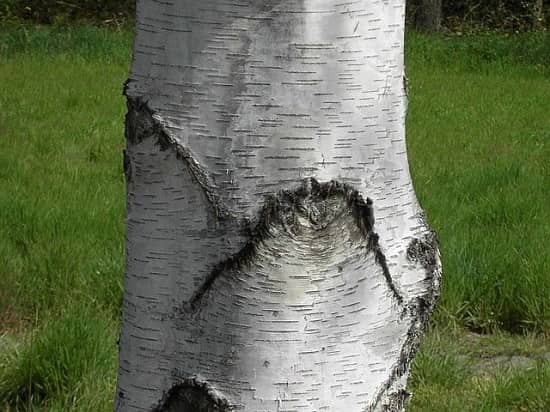
Plants for Natural Antibiotics
Many plants have natural antibiotic properties developed over millions of years as a natural defense system. They might not work against super strains, so you’ll still want antibiotics in your survival medical kit.
Thyme
This herb contains caffeic acid, which kills microbes. Smash it and put thyme paste or juices on bandages before applying to wounds, or create a tincture.
Read: How to make thyme oil
Garlic
Garlic is one of the most well-known natural antibiotics. When sick, you can swallow tons of cloves to kill bacteria and boost immunity. You can also apply garlic juice topically.
Plants for Fungal Infections
Burdock
In addition to being good for skin irritations, it can also kill fungal infections. Drink it as a tea or use the tea to clean the affected area. It can even be used as a douche for vaginal thrush. The most effective part is the roots.
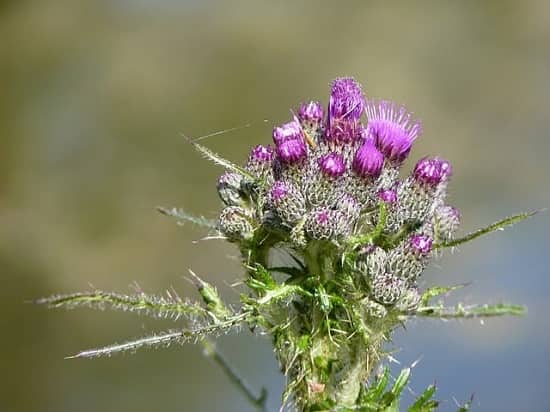
Western Red Cedar
This tree grows in the Pacific Northwest and is an excellent anti-fungal remedy. To use, make an alcohol tincture out of the leaves.
Oregon Grape
Use the root of this plant to make a tincture and apply it to affected areas. It can also be consumed as a tea as a natural antibiotic.
Plants for Colds and Flu
Echinacea
Aside from relieving cold and flu symptoms, this plant also looks great. My wife planted some in our survival garden, which is beautiful.
It can also be ground into a paste and applied to the skin to treat fungal or yeast infections. To use for cold, dry the roots or leaves and make them into a potent tea.
Mallow
Mallow (Malva sylvestris) is native to Europe and Northern Africa, but it can often be found in the wild in the United States, probably because it escaped from gardens.
It is incredibly effective at clearing up mucus from infections and colds. It is also a beautiful flower to put in your survival garden. To use, boil the roots and leaves to make tea. The leaves can also be placed on infected wounds to draw out pus.
More on natural cough medicine.
Plants for Parasite Infections
It is disgusting to see worms in your poo. The good news is that most worm infections are generally harmless – they are more of a nuisance.
However, some parasitic infections can be very harmful.
In a survival situation where hygiene is bad and drinking water is contaminated, we can expect outbreaks of parasite infections.
Walnut Husks
Take the green husks of walnuts and dry them. Then, they can be used to make tea. The tea will taste disgusting, but it kills parasites. You will have to drink the stuff for about a week for this medicinal plant to be effective.
Are you growing a medicinal survival garden? Let us know in the comments.
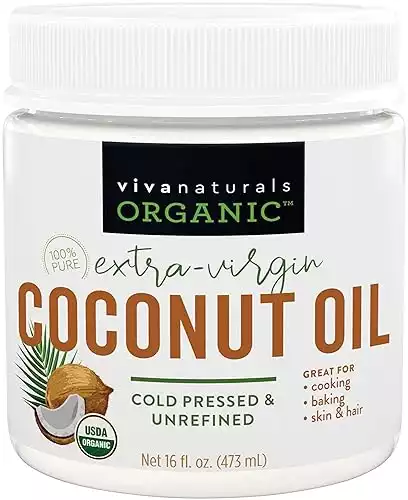
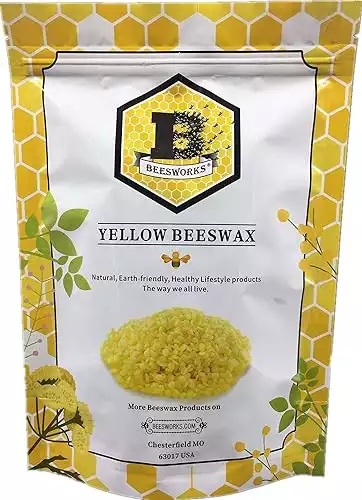
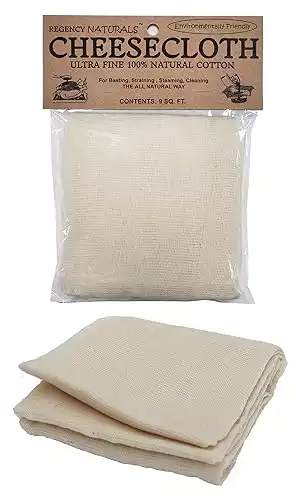
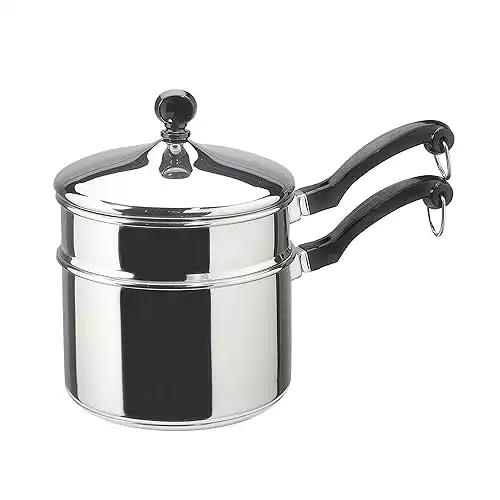
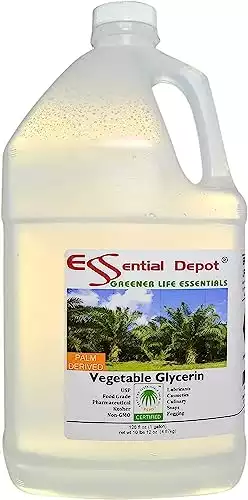
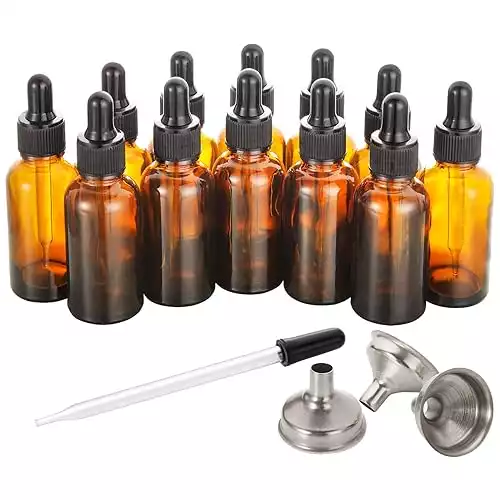
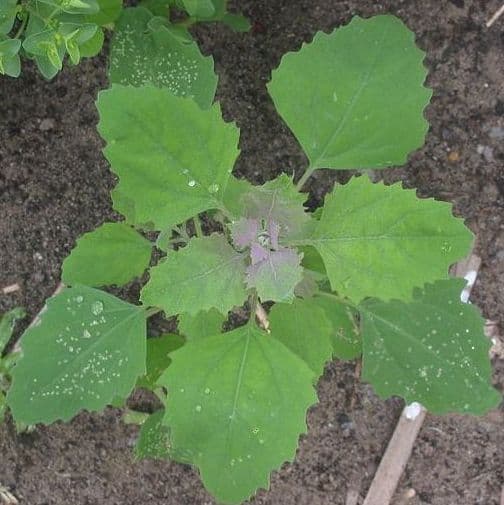


Omgosh, thank you so much. I will work on these. How long do each of them last and can you give infants and children these herbs?
Impossible to answer these questions without knowing the potency and quantities of the plants you are using. Always seek expert medical advice if you are unsure.